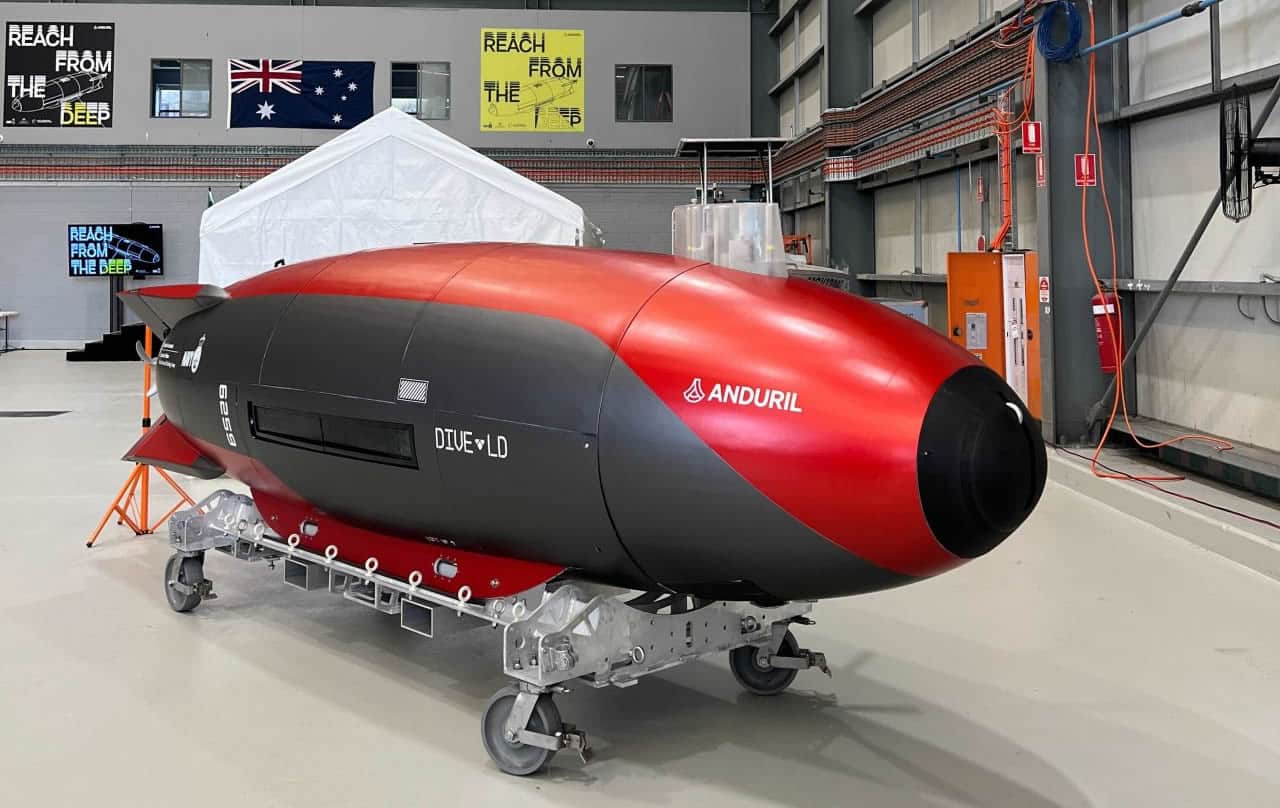
Unmanned Systems Key to Australian Navy’s Future, AUKUS, Says Panel
Numerous forward deployed, unmanned, underwater systems “might be the poor man’s version of the nuclear deterrent,” the director general of…
Copyright 2024 U.S. Naval Institute. All Rights Reserved.